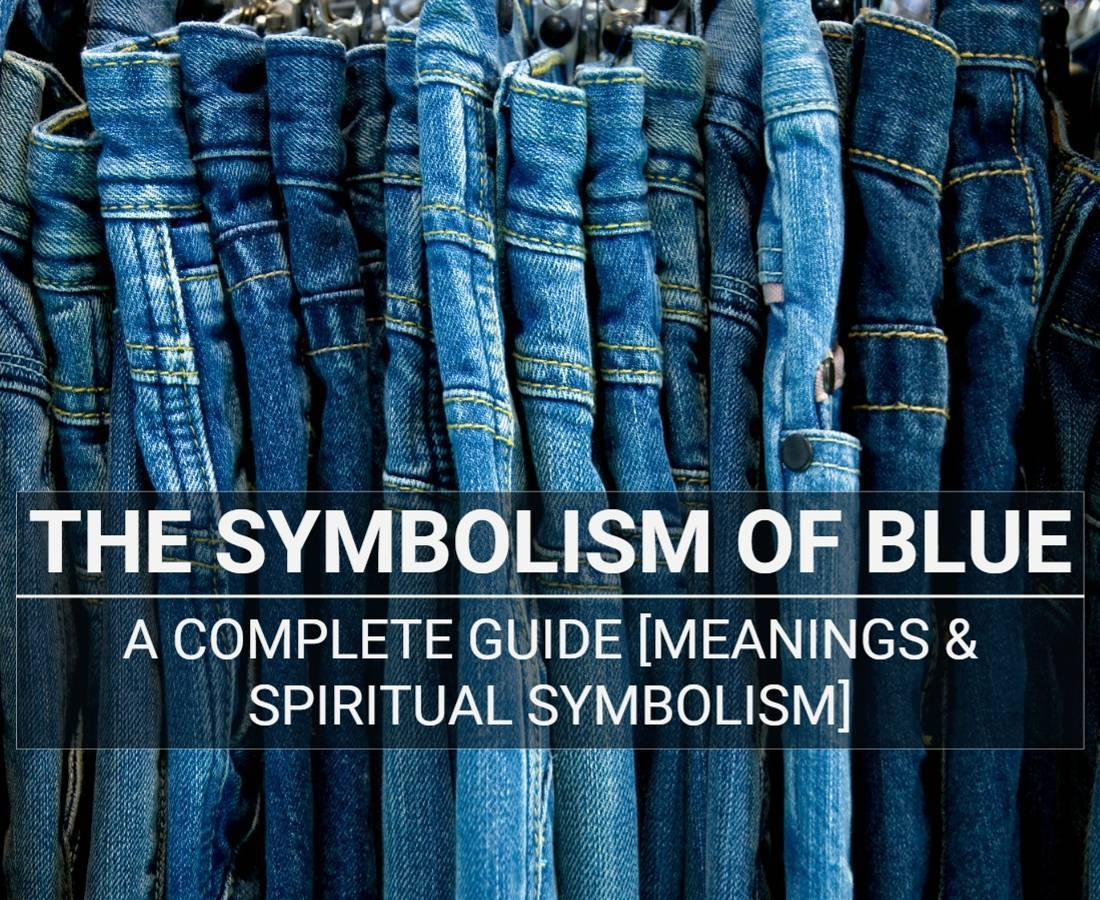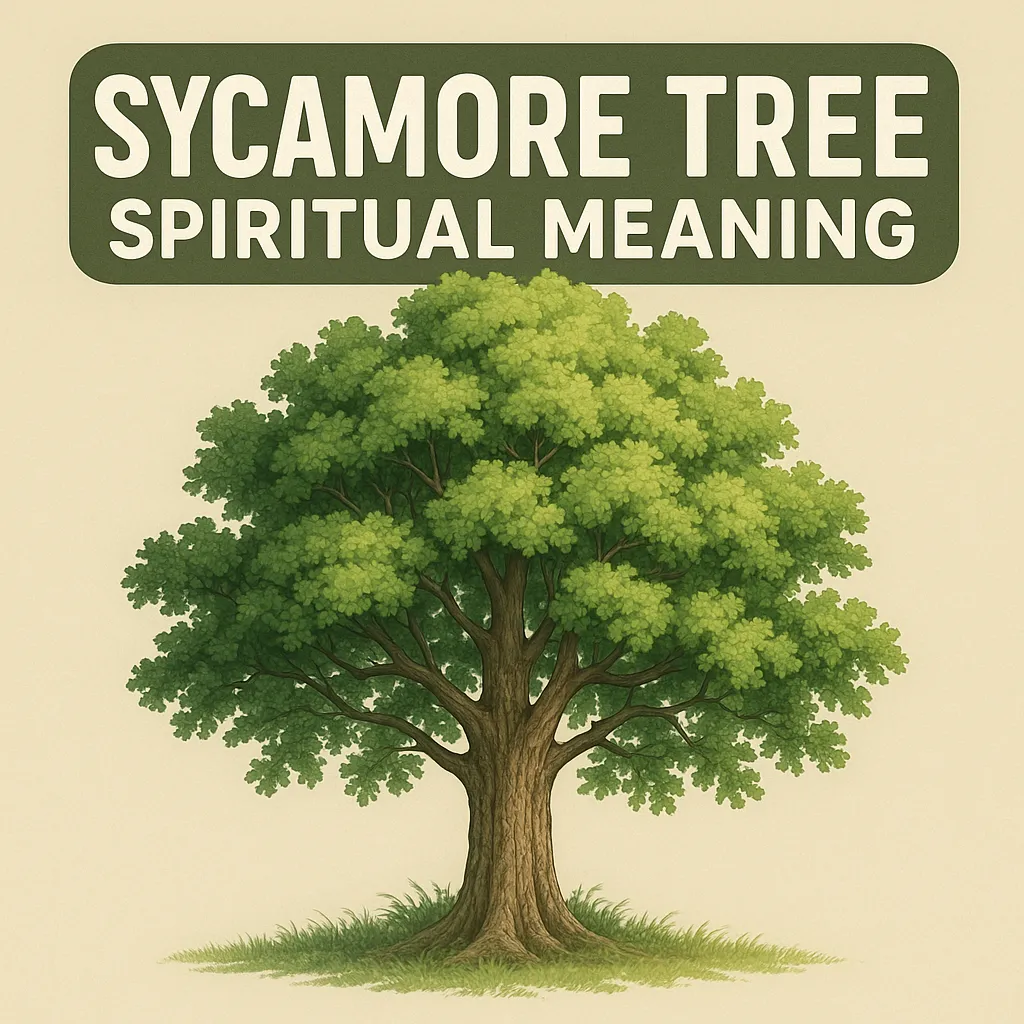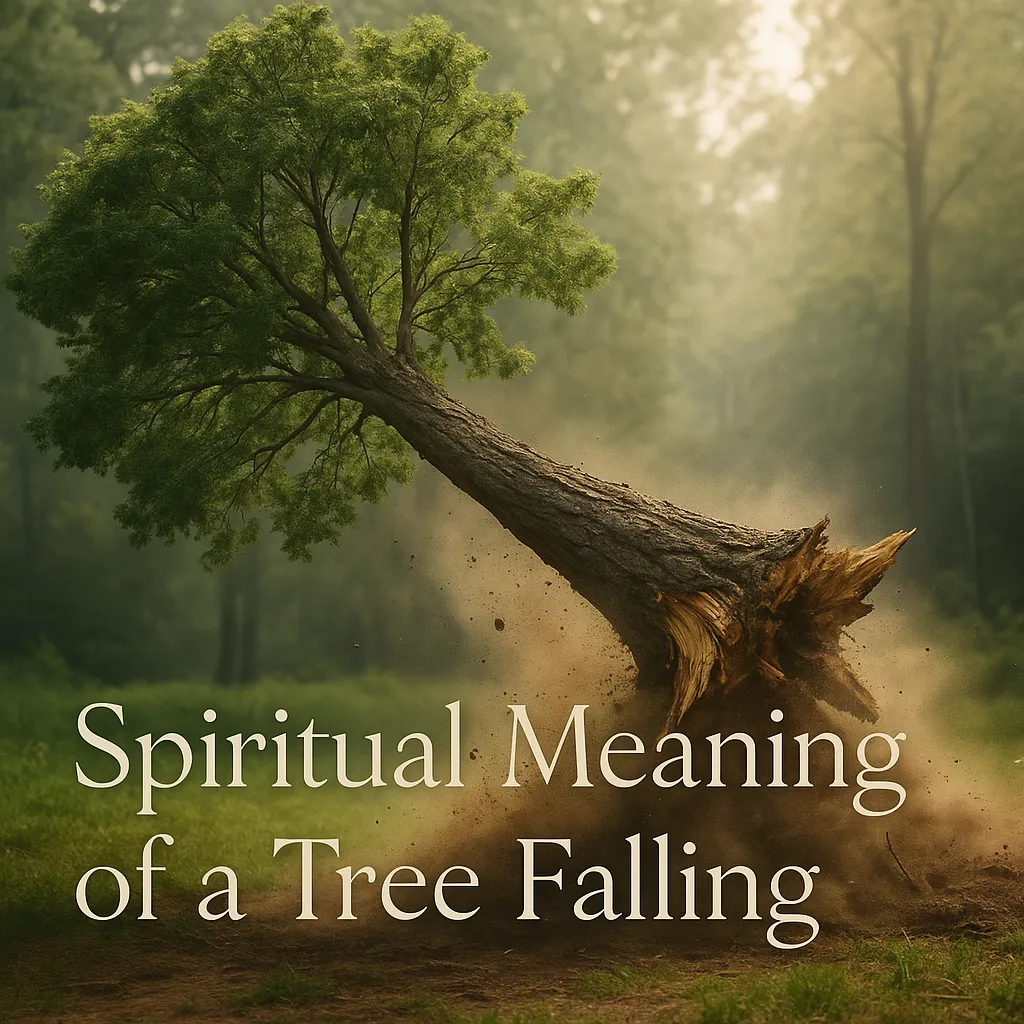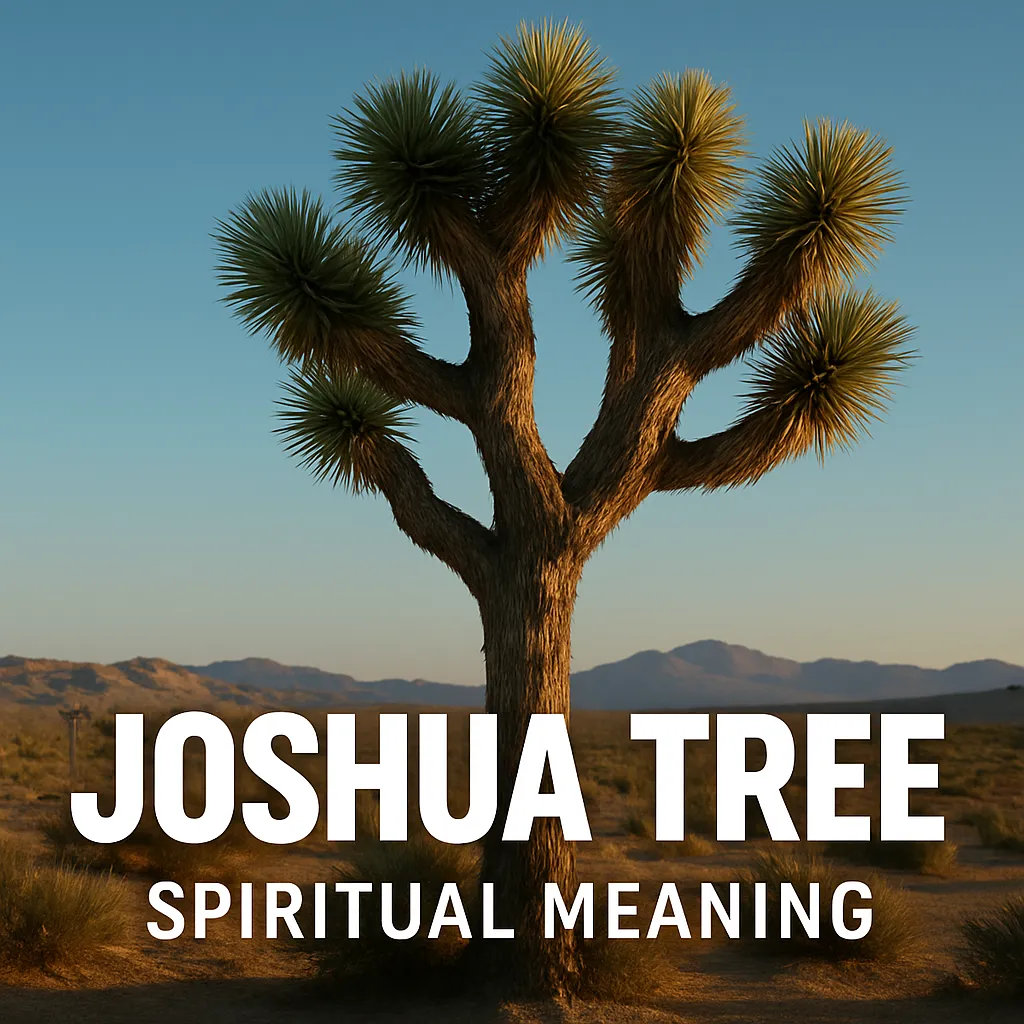Blue-Chip Signs: The Symbolism of Blue
Whether watching the waves of the vast blue ocean or looking up at the boundless blue skies, blue is one of Earth’s most common and favored colors. A color that symbolizes freedom, sensitivity, and calmness, it has fascinated cultures and traditions for centuries and inspired countless creative minds.
From the blue moon, a blue light, and the calming effect of a blue background, our list of the symbolism of blue will show why this shade remains one of the most common and popular colors.
Table of Contents
- 1 Key Takeaways
- 2 What are the origins of blue, and how was the color blue made?
- 3 Psychological meaning and effects of blue
- 4 Blue color symbolism in different cultures
- 5 Spiritual meaning of the color blue
- 6 Cultural implications of blue
- 7 Understanding What Is the Blue and Its Global Significance
- 8 FAQ
- 8.1 How did ancient Egyptians create the first blue pigment?
- 8.2 What psychological effects does blue have on the human body?
- 8.3 Why do so many brands use blue in their logos?
- 8.4 What is the Vishuddha chakra and how does it relate to blue?
- 8.5 What symbolic properties do blue gemstones possess?
- 8.6 How does blue light affect sleep patterns?
- 8.7 Why does the sky appear blue?
Key Takeaways
- The origins of blue trace back to ancient Egypt, where they created the first blue pigment from minerals, limestone, and sand for artistic and religious purposes.
- Blue has powerful psychological effects on humans, lowering heart rate and blood pressure while promoting feelings of calmness and serenity.
- Approximately 33% of major brands use blue in their logos to convey trustworthiness, knowledge, and accessibility.
- In spiritual practices, the blue (Vishuddha) chakra encourages truthful communication and self-expression, located at the throat area.
- Blue gemstones like sapphire, aquamarine, and lapis lazuli are valued not just for their beauty but for their symbolic properties representing wisdom, loyalty, and spiritual insight.
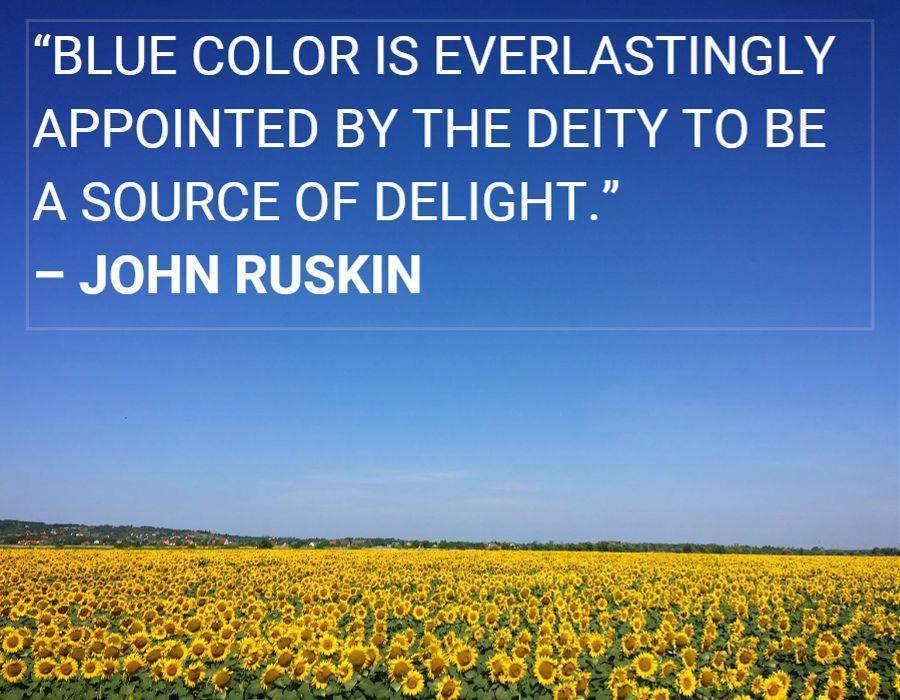
What are the origins of blue, and how was the color blue made?
Believed to have been developed in ancient Egypt, evidence shows that Egyptians combined minerals, limestones, and sand to create a blue opaque glass to use for the Great Pyramid. Known to be the first blue pigment, the Egyptians intricately manufactured the mineral azurite. They spearheaded its distribution throughout the ancient world.
Quickly gaining popularity and was widely used for arts and fashion later, the discovery of a method where blue dye is extracted from the leaves of plants made it a popular and expensive pigment for centuries to come.
“A certain blue enters your soul. A certain red has an effect on your blood-pressure.”
– Henri Matisse
Psychological meaning and effects of blue
Did you know that the dominant color in your surroundings can influence your emotions and state of mind? A color that tells us to relax and keep calm, here’s how the blue color in your space may be playing its part.
How the color blue affects you physically and psychologically
Often associated with the sea and the sky, many perceive the color blue to transmit feelings of coziness, serenity, and calmness. While it is also considered a color symbolizing courage and determination, tradition suggests that blue inspires spiritual reflection, deep understanding, and wisdom.
Highly associated with a period of peaceful rest, the blue color is known to lower our heart rate, body temperature, and blood pressure. It can also positively affect our pituitary gland, resulting in better sleep patterns.
Blue as brand identifiers
From American Express and Ford to Facebook and Oreo, blue is at the top of the list of the planet’s most commonly used corporate colors. Known to represent trustworthiness, knowledge, and accessibility, about 33% of the most popular and influential brands use the color blue on their logo.

It is often associated with cleanliness and is the best color for promoting household products. Its ability to indicate coolness makes it the color of choice for brands that sell drinks and refreshments.
Blue color symbolism in different cultures
Throughout history, colors have helped shape our beliefs and judgments. Here’s a look at the various meanings of the color blue worldwide.
Christianity and Bible
Adopting the color of the sky, people often associate blue with heaven and the healing power of God. A color that symbolizes truth and the Holy Spirit, it encourages us to deepen our understanding of the scriptures by digging deeper into the Bible’s pages.
Blue represents the Virgin Mary and is recognized as the color of peace and hope. And blue birds are sometimes considered messengers of god.

Ancient Egypt
Developed from copper with a mix of silica, iron oxides, and calcium, Egyptian blue signifies fertility, birth, and rebirth. Commonly referred to as irtiu or khesbedj, it was widely used to indicate the presence of water, which closely associates it with the river Nile. Donning tattoos and amulets in blue, Ancient Egyptians considered blue the protection color.
Native American culture
Giving great value to colors, Native Americans trusted the blue color’s ability to affect people’s frame of mind and emotions. Often used in religious ceremonies, many of their tribes saw the blue color’s deep connection to life and nature.
Blue takes the color of the sky and the heavens. People recognize blue as the color of serenity, enlightenment, and spiritual healing.
“No water, no life. No blue, no green.”
– Sylvia Earle
European cultures
Worn by Saint Louis of France in the 13th century, people saw blue as the color of the powerful, the fashion-conscious, and the wealthy in European cultures. Many once believed that blue clothing was limited to the nobles. The elegant-looking blue business suit has its roots in 17th-century England, becoming the outfit of choice of English merchants and country gentlemen.

The color of royalty and the elite
Many countries adopted blue to represent the elite and the royals, taking their cue from the French monarchy. Eventually becoming a part of France’s coat of arms, the difficulty in finding and producing the blue pigment made it a rare and expensive piece that only the wealthy could afford.
Its frequent use in paintings depicting the mythical King Arthur further enhanced its reputation as a color of extravagance.
Spiritual meaning of the color blue
Much like spirituality, colors are a form of non-physical and non-verbal communication. Because of its association with positive qualities, the color blue has been the shade preferred by most for providing feelings of friendship, harmony, and balance over time.
The blue chakra
Known to play a crucial role in the flow of energy in the body, the Vishuddha, or the blue
Recognized as the throat chakra, any imbalance manifests as difficulty expressing our feelings, thoughts, and judgments. It also makes us highly critical of others and ourselves.
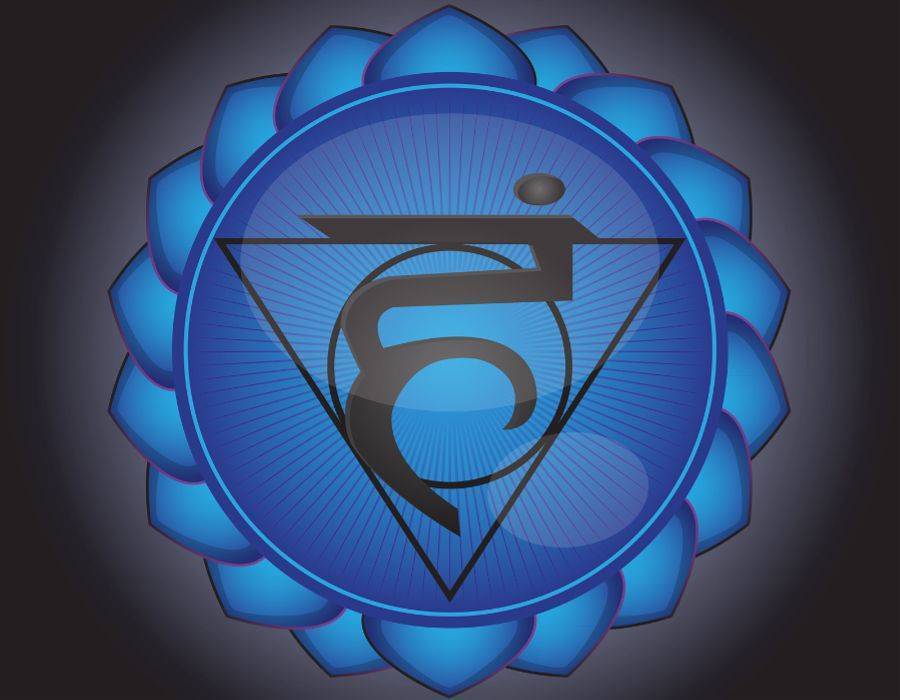
Soul color and the color of the infinite
Recognized for its ability to provide hints about our physical, emotional, and spiritual well-being, those with the blue soul color are more relaxed, easy to get along with, and serene.
The blue color’s association with the sky and the ocean, both seemingly boundless, quickly makes it the color of the infinite. Blue, as a soul color, reflects peace, quietness, and calmness.
Feng Shui
Feng Shui combines colors, symbols, and structure to provide all the necessary physical and spiritual modifications to boost a person’s life. Symbolizing the open sky and Earth’s far-reaching waters, the blue color works best for those who need peace and calm.
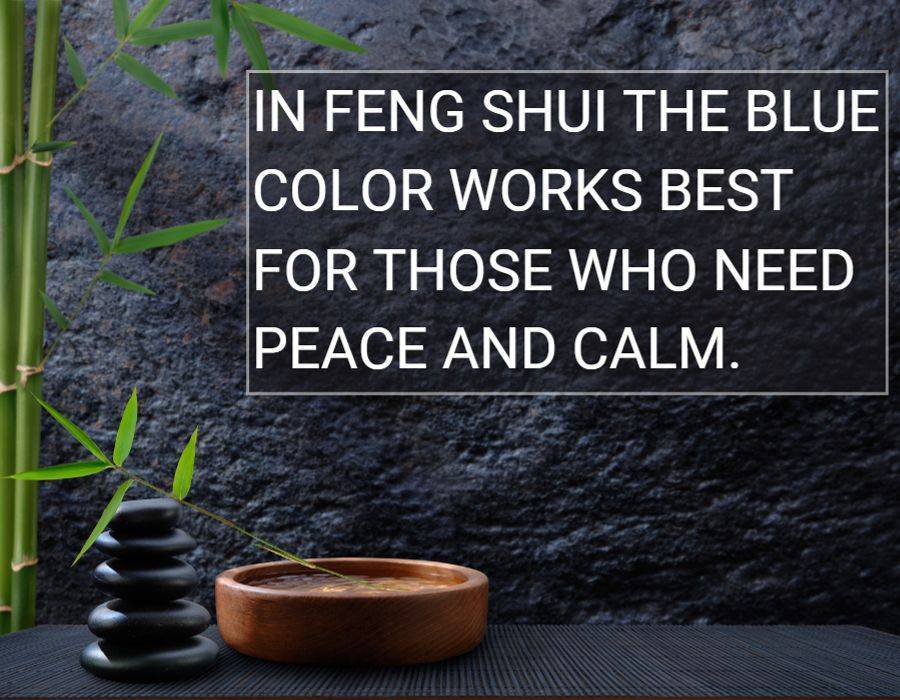
As a color that promotes good health, it is best placed in bedrooms and living spaces; consider areas where we rest.
Top 3 blue gemstones and their impact
Long held as the color that symbolizes sensitivity, intuition, and freedom, many people adorn themselves with blue gemstones. Often used in unblocking and cleansing the chakra, here’s our list of the top 3 gems in this color.
Aquamarine
Aquamarine is a famous stone used in various types of jewelry that indicates financial stability, good health, and fruitful married life. Aquamarine is also the birthstone for March. This highly transparent gem catches more light, allowing it to sparkle more than the others.
Lapis lazuli
A rock composed of natural minerals such as calcite, lazurite, and sparkling pyrite, lapis lazuli is one of the oldest gems used to adorn jewelry. It is found in various countries, and numerous traditions see it as a symbol of strength, royalty, truth, and wisdom. It is also known for warding off evil and improving the wearer’s eyesight.
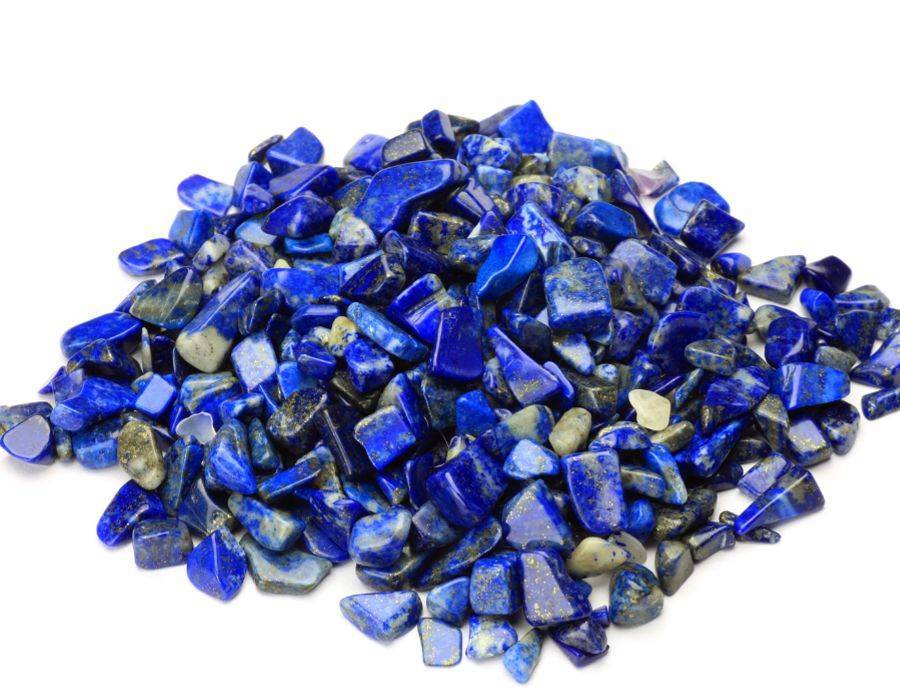
Blue sapphire
Sapphires are acknowledged as the world’s most famous blue gemstones. Many favor them for their resistance to damage and their intense blue color. A symbol of love, spiritual insight, loyalty, and protection, its strong symbolism and durability make it an ideal gem for wedding and engagement rings.
Another blue stone to mention is the blue apatite, read about it here.
Cultural implications of blue
While it is often associated with excellence and high distinction, the blue color has long held significance in art, politics, and culture. Here’s what the symbolism of blue tells us in our everyday lives.
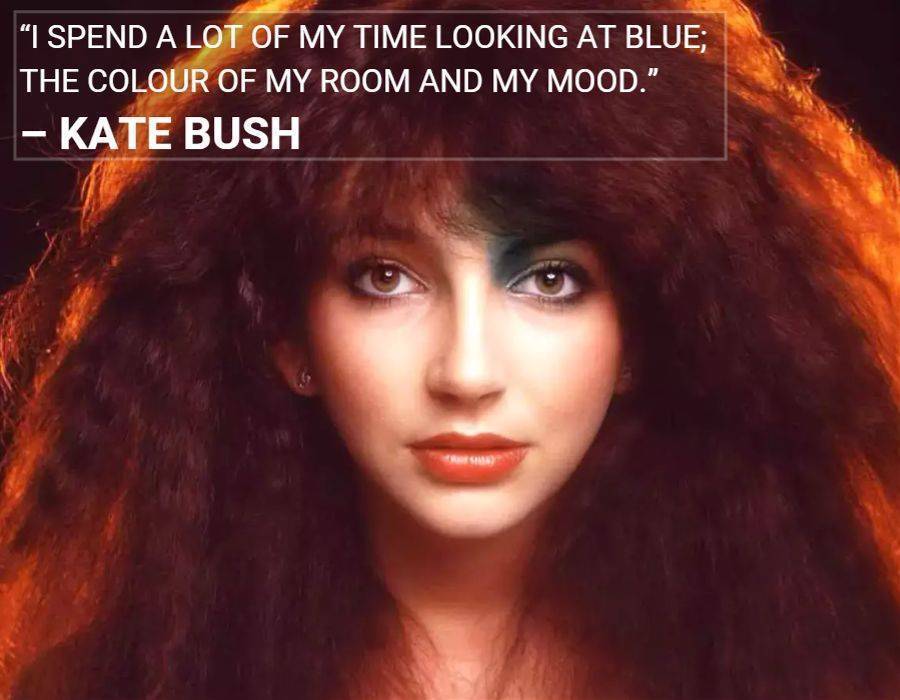
The best phrases and idioms about the color blue
Blue blood
Being blue-blooded indicates that one is of noble birth, including the king, the queen, and the other royal family members.
Out of the blue
Often used to describe an event that unexpectedly took place, this expression was derived from a clear blue sky from which nothing out of the ordinary is expected.
Once in a blue moon
Much like the rarity of this phenomenon, we use this phrase to describe something rare and uncommon.
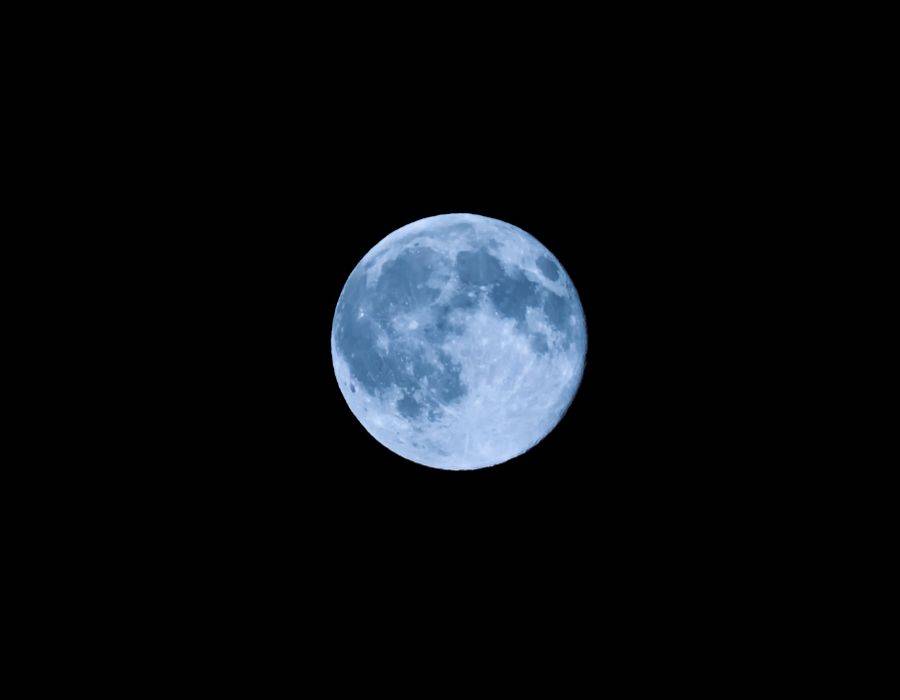
Others include:
- Monday Blues
- Blue-Chip Stocks
- Till Someone Is Blue In The Face
- Running Around Like A Blue-Arsed Fly
- The Blue Rinse Brigade
- To Go Off Into The Blue
Music and songs
Like music, colors hit us in the most potent and unexplainable ways. Here are a few of the songs that help chase the blues away.
The Blues
Originating in the African-American communities in the southern United States, blues music is a fusion of religious hymns and songs belted out by those who work in agricultural fields. Featuring the lyrical traditions of the Scottish, English, and Irish, it expressed the sorrows and desires of those who suffered from segregation and slavery in the early 20th century.
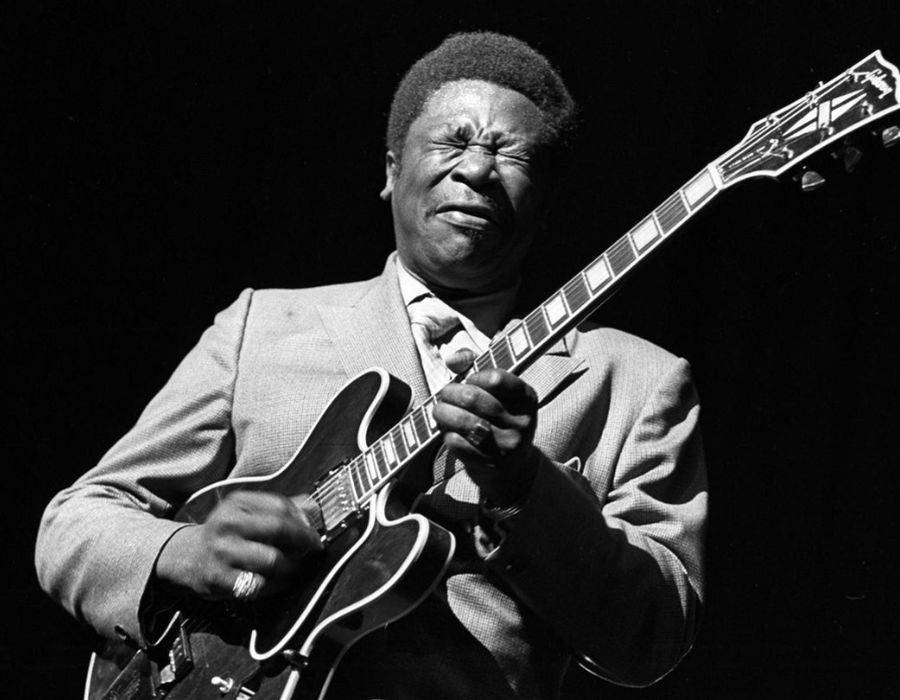
This musical genre derived its name from the blue devils, which many perceive as depression and sadness.
Tangled Up In Blue (Bob Dylan)
Inspired by an event in the singer/songwriter’s life, the song talked about a woman that Bob Dylan once knew.
Goodbye Blue Sky (Pink Floyd)
Symbolizing his childhood, Pink Floyd sings about his journey to make a life of his own and how he is bidding his last goodbye.
Blue Suede Shoes (Elvis Presley)
As this shoe style indicated luxury in the South, the song talked about Elvis’ riches and his fondness for them.
Fashion and design
A piece of clothing that implies sincerity and competence, wearing blue is considered by fashion experts the best way to create a good impression and set your best foot forward.
Widely used in uniforms, it allows its wearer to communicate a message of authority and confidence. Symbolizing nobility, loyalty, and peace, it doesn’t surprise that it is the color of choice for weddings, baptisms, and other important life events.
See here an article about the symbolism of the color orange.
Understanding What Is the Blue and Its Global Significance
When exploring what is the blue and its significance in our world, we must acknowledge that blue is more than just a color – it’s a universal language that transcends cultural boundaries. Blue represents the fifth most abundant color in nature, appearing prominently in our oceans and skies, covering approximately 75% of our planet’s surface.
The Science Behind What Makes Blue Unique
Blue light has the shortest wavelength in the visible spectrum, ranging between 450 and 495 nanometers. This scientific property explains why the sky appears blue – as sunlight travels through the atmosphere, the blue wavelengths scatter more widely than other colors. This phenomenon, known as Rayleigh scattering, answers the fundamental question of what is the blue color we see above us daily.
Interestingly, blue is one of the last colors to appear in many ancient languages. Linguistic studies reveal that numerous early civilizations lacked a specific word for blue, instead grouping it with green or black. This historical absence highlights blue’s complex relationship with human perception and language development.
Blue’s Influence on Human Health and Wellbeing
Research into what is the blue color’s effect on humans has revealed fascinating connections to our health. Exposure to blue light in the morning helps regulate our circadian rhythms, improving alertness and cognitive function. However, this same blue light from digital screens at night can disrupt sleep patterns by suppressing melatonin production – explaining why many devices now feature “night modes” that reduce blue light emission.
In healthcare settings, blue environments have demonstrated the ability to lower patient anxiety levels and even reduce the need for pain medication in some cases. These practical applications of blue’s calming properties are increasingly incorporated into therapeutic spaces and healing gardens, where the deliberate use of blue elements creates restorative environments.
Understanding what is the blue and its multifaceted presence in our lives reveals not just a color, but a powerful force that shapes our environment, influences our emotions, and connects us to the natural world. From the vast oceans to the infinite sky, blue reminds us of our place in the cosmos while simultaneously providing the psychological comfort we seek in an increasingly complex world.
FAQ
How did ancient Egyptians create the first blue pigment?
Ancient Egyptians combined copper minerals, limestone, and silica sand, then heated them to create calcium copper silicate – known as Egyptian blue. This revolutionary pigment was used in artwork, jewelry, and religious ceremonies, demonstrating their advanced understanding of chemistry.
What psychological effects does blue have on the human body?
Blue naturally lowers heart rate, blood pressure, and respiration, creating a sense of calm and tranquility. It’s been shown to reduce stress hormones and promote feelings of serenity, which is why it’s commonly used in meditation spaces and healthcare environments.
Why do so many brands use blue in their logos?
Brands leverage blue to convey reliability, professionalism, and trustworthiness. The color’s association with stability and knowledge makes it perfect for financial institutions, technology companies, and healthcare brands seeking to build consumer confidence and loyalty.
What is the Vishuddha chakra and how does it relate to blue?
The Vishuddha (throat) chakra is represented by blue in spiritual traditions. It governs communication, self-expression, and speaking one’s truth. When balanced, this blue energy center helps practitioners communicate clearly and authentically while listening compassionately to others.
What symbolic properties do blue gemstones possess?
Blue gemstones like sapphire, aquamarine, and lapis lazuli symbolize wisdom, loyalty, and protection. Throughout history, these stones have been worn to enhance intuition, encourage honesty, and provide spiritual protection. Many cultures believe they promote peace and facilitate communication with higher realms.
How does blue light affect sleep patterns?
Blue light suppresses melatonin production, the hormone responsible for regulating sleep. Exposure to blue light from screens before bedtime can disrupt circadian rhythms, making it harder to fall asleep. This is why experts recommend limiting screen time at least 1-2 hours before sleeping.
Why does the sky appear blue?
The sky appears blue due to Rayleigh scattering – a phenomenon where sunlight hits air molecules, causing shorter blue wavelengths to scatter more widely than other colors. This scattered blue light reaches our eyes from all directions, creating the blue canopy we see overhead during daylight hours.
